Healthiest Fats and Oils – Saying Farewell to Trans Fats
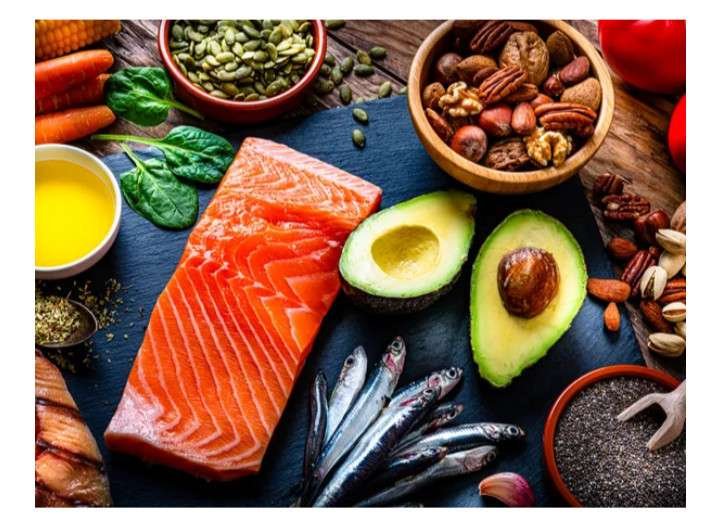
Maintaining a healthy diet is not the easiest thing to do. In fact, with all the delicious food temptations that lurk around every corner, it calls for the courage of a lion. Trust me, good food is hard to pass up. However, healthy fats are an extremely important part of a healthy lifestyle. For good measure why not choose the healthiest fats and oils available?
Choosing a healthy, sustainable lifestyle is not the end of the world. As a recovering high-fat food junkie, pumping the brakes on high fatty foods was the hardest job in the world. One of the first things you need to do is give your life a reality check. Ask yourself “What is most important – health or perpetuating sickness and disease. Then, choose the healthiest fats and oils available.
Invest in a Food Journal
Adapting to a healthier diet is easier than you think. Once you learn a few dietary tricks, you are ready to take the plunge. One of the first things on your agenda is to invest in a small notebook. This allows you to keep track what you eat from day to day. Also, it is a good way to check in on your progress from time to time. Map out a section for when, where and how much you eat and a section for healthy fats and oils.
What are Healthy Fats and Oils
A nutritious meal plan is not about depriving you of food. It is just the opposite. It focuses on adding a healthier variety of foods. Not sure of how to get started? Begin by making small changes. For example, set a goal for 20-35% of your total daily calories to come from healthy fats. This includes polyunsaturated and monounsaturated fats and a fewer than 10% of calories per day from saturated fats.
Mono and Polyunsaturated Fats
Monounsaturated and polyunsaturated fats include omega-3 and omega-6 fatty acids. These are both healthy fats. They support your hormone function, memory, and the absorption of micro and macronutrients. Omega-3s come in handy when you need to ace that next mid-term exam.
Monounsaturated Fats (MUFAs):
Including healthful fats into your meal plan creates a sense of fullness, slows down the digestion of carbohydrates, and adds rich flavor to your food. Some of the best sources of these fatty acids include avocados, olive oil (extra virgin), nuts, seeds, eggs, and fatty fish. A few of the benefits are: 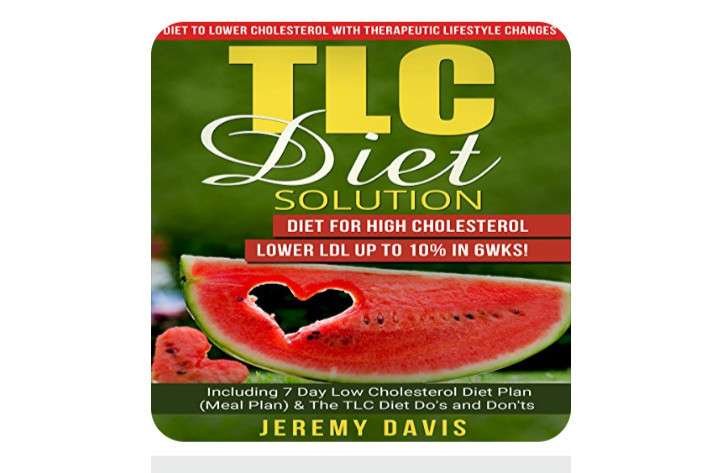
- Decreased risk of heart disease
- Lowers the risk of cancer
- Reduces LDL cholesterol
- Anti-inflammatory
Polyunsaturated Fats (PUFAs):
The two most well-known PUFAs are omega-3 and omega-6 fatty acids. Since the body cannot make PUFAs, these essential fats must come from the food you eat. As a rule, healthy fats such as olive oil- are liquid at room temperature. The benefits of polyunsaturated fats are:
- More anti-inflammatory effects than MUFAs
- Sharpens brain health and cognitive function
- Contain omega-3s and omega-6s
- Positively impacts mood
Polyunsaturated fats also help muscle movement and blood clotting. The best sources include salmon, tuna, walnuts, soybeans, ground flax or flaxseed oil, oysters, for example.
Saturated and Unsaturated fats:
By contrasts, saturated fats and trans fats are deemed unhealthy fats by most people. Foods rich in these substances include butter and lard and are solid at room temperature. Other examples are:
- Fatty pieces of beef or lamb
- Some pork or chicken
- Whole milk, cheese, butter
- Coconut or palm oils
Trans Fats:
Artificial trans fats are partially hydrogenated oils. So, pay attention to food labels. These are the toxic fats that trigger inflammation. In fact, just a 2% increase of calories from trans fats daily causes a 23% increase in cardiovascular disease. Therefore, watch those French fries. Other types of trans fats include: 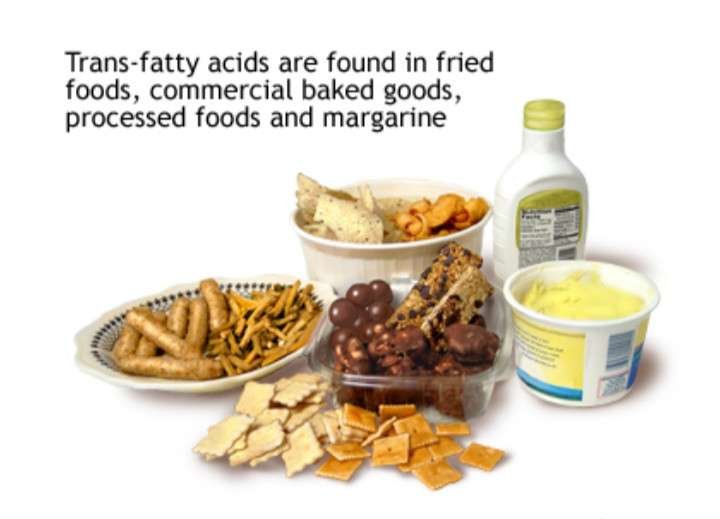
- Fried foods
- Frozen pizza and pies
- Baked goods
- Some margarines
- Highly processed snack foods
History of Trans Fat
Trans fat was the first man-made fat to become part of our food supply more than a century ago. It was created by a German scientist who experimented with ways to add hydrogen to cottonseed oil. As a result, his product was sold as Crisco lard in 1911. The name was derived from crystallized cottonseed oil. It was the big “hit” of the century.
Crisco was ideal for making a flaky pie crust and it was an inexpensive substitute for butter. In fact, my mom used lots of it in her home-made pies and cakes. However, overtime, trans fat has taken on a totally new definition. It is on the Do Not Use list.
American Trans Fat Grocery Stores
Wake up America! Don’t settle for all the cheap, highly processed foods at your local grocery and convenient markets. They are a bunch of crap, literally. These stores are chock-full of massive amounts of sugary, refined, trans fats. They are loaded with non-nutritional calories, substandard to a healthy lifestyle. This the real reason for the obesity crisis! These products are catered to our children.
Goodbye to Trans Fats
The U.S. Food and Drug Administration (FDA) announced that partially hydrogenated oils (trans fats) are not “generally recognized as safe.” Food manufacturers have 3 years to phase them out. This statement was made in 2015.
By 2022, trans fat are totally taboo. This is a heartbreak for many French fry lovers. Better safe than sorry. The good news is that there are many healthy replacements. The phase out process has already taken the world by storm. In fact, The World Health Organization (WHO) plans to eliminate ALL trans fats from the global food supply by 2023.
A Healthy Investment
You are the master of your health and well-being. Incorporating a well-balanced meal plan is the key to a long-lasting, healthy life span. Why not start today?. All it takes is a small investment of your time. Our bodies need fat for energy and for the absorption of certain vitamins and minerals.
On the other hand some people prefer to incorporate MCT oil into their diet. It is a healthy fat that has a neutral flavor and is also added to beverages or recipes to increase healthy fat without changing the taste.
Risks and Side Effects
Pay close attention to how many calories you are consuming. An excessive number of calories cause unwanted belly fat. In fact, one major health study (Journal of Human Nutrition and Dietetics) links a high-fat diet to gallstone disease. Therefore, do your research and always consult with your healthcare specialist first. Our bodies and nutritional needs will vary.
Dietary Fats and Cholesterol
Dietary fats play a major role in your cholesterol levels. Cholesterol is a fatty, wax-like substance that your body needs to function properly. In and of itself, cholesterol isn’t bad. However, when you get too much of it, it impacts your health negatively. In terms of dietary fat, there are pros and cons of cholesterol.
- HDL cholesterol is the “good” kind of cholesterol found in your blood.
- LDL cholesterol is the “bad” kind.
- The key is to keep LDL levels low and HDL high, which may protect against heart disease and stroke.
- Conversely, high levels of LDL cholesterol can clog arteries and low HDL can be a marker for increased cardiovascular risk.
In Conclusion
Contrary to popular opinions, including fat in your diet is not a bad thing. Certain healthful fats are essential to health and wellness. For example, fat is one of the three essential macronutrients the body needs, along with carbohydrates and protein. Furthermore, a balanced diet includes monounsaturated and polyunsaturated fats.
Some of the best sources of essential fatty acids include avocados, olive oil, nuts, seeds, and fatty fish. However, go easy on the amount of saturated fat (10% of total calories) in your diet and exclude trans fats altogether, if possible. Trans fats clog your arteries. They are hidden in butter, creams and in meats. Also, MCT is another option.
Thanks for joining me on this healthy fats and oils journey. I look forward to corresponding with you. Did you like this article? Please share it with your friends. Also, let me know if you have questions or comments. Feel free to leave them in the space below or DM me directly. 
Yours truly,
Rachele, Founder
web: mybluegenes.com
email: rachele@mybluegenes.com
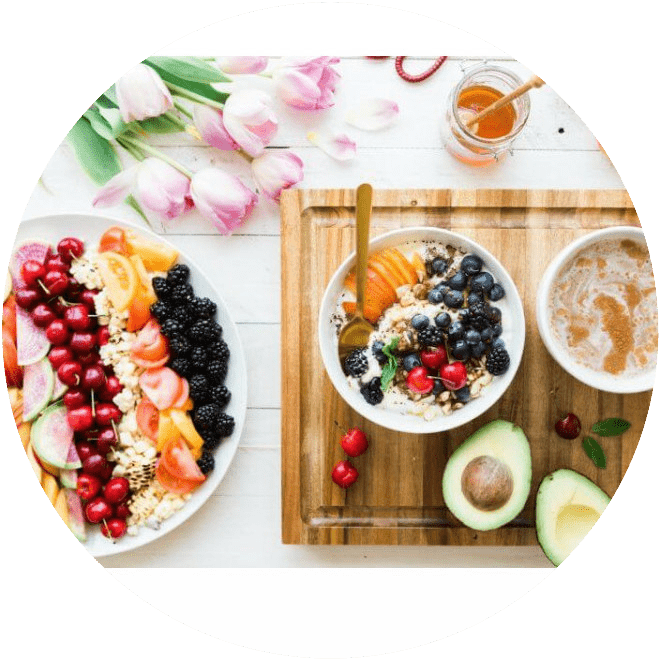


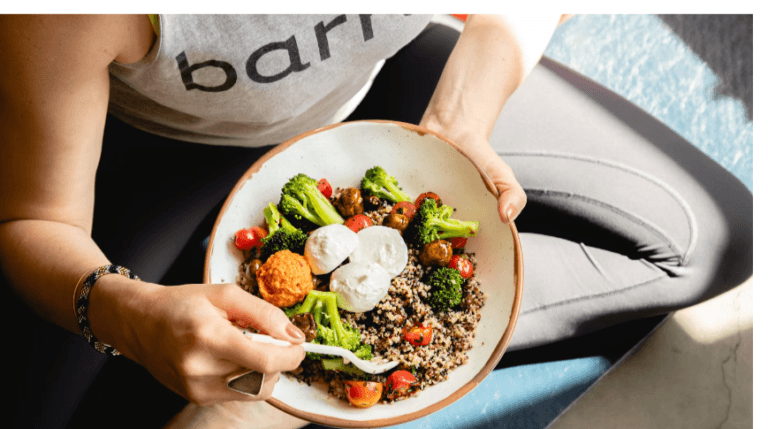

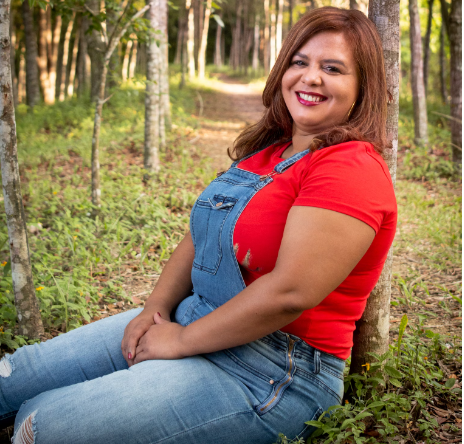

Wow ? this blog is awesome. An eye opener. I’ve gained weight, but I was eating comfort food from bakery. Now I’m stopping that avenue.
Thank you for this blog. It’s well researched and highly insightful.
Hi Gina,
Glad you find this post interesting. It is very important to bring issues of this concern to the public.
I have struggled with weight issues my entire life. I am learning the essence of what life is all about.
Thank you so much.
Rachele
It is not necessary that a rich man should be a business man but every business man is definitely rich…!
Thanks for sharing. I read many of your blog posts, cool, your blog is very good.
Happy New Year, Binance.
Thank you for reading my blogs. I am also a new author, so I have to balance my time accordingly.
God bless you and you family in the new year.
Rachele